
Work lead by the amazing Kevser Bilici!

Work lead by the amazing Kevser Bilici!
Export by a quorum sensing–controlled drug exporter underlies rifampicin’s strong activity against staphylococcal biofilms | www.science.org/doi/10.1126/...

Export by a quorum sensing–controlled drug exporter underlies rifampicin’s strong activity against staphylococcal biofilms | www.science.org/doi/10.1126/...

Our lab at the MPI for Biology (Tübingen) builds on the culture I established at Cornell: collaborative, creative, and internationally diverse. Postdocs lead their own projects with secure funding. Join us!
#PostdocJobs #HostMicrobe #AcademicJobs

Our lab at the MPI for Biology (Tübingen) builds on the culture I established at Cornell: collaborative, creative, and internationally diverse. Postdocs lead their own projects with secure funding. Join us!
#PostdocJobs #HostMicrobe #AcademicJobs
Nasal colonisation by S. aureus is linked with depression in a human cohort and shown in a mouse model to cause decreased serotonin and dopamine in the brain
#MicroSky #Depression
www.nature.com/articles/s41...

Nasal colonisation by S. aureus is linked with depression in a human cohort and shown in a mouse model to cause decreased serotonin and dopamine in the brain
#MicroSky #Depression
www.nature.com/articles/s41...

Pathogenic E. coli use protein FimH to grab onto the gut lining
New microgels mimic the mannose binding sites—acting as “decoys” to drag bacteria away and protect the intestine in IBD
Adherent-invasive E. coli (AIEC), enriched in Crohn’s disease, are a key target for this strategy

Pathogenic E. coli use protein FimH to grab onto the gut lining
New microgels mimic the mannose binding sites—acting as “decoys” to drag bacteria away and protect the intestine in IBD
Adherent-invasive E. coli (AIEC), enriched in Crohn’s disease, are a key target for this strategy
I’m recruiting two postdoctoral research associates to join my lab at KCL to study how #Klebsiella pneumoniae regulates virulence factor expression during infection! #klebclub
Mol Micro: tinyurl.com/mtrwtx5e
Infection: tinyurl.com/2s3u8ca2
Deadline: 21st September.

Help us decode microbial metabolism and its impact on human health @leibniz-hki.de , Jena 🇩🇪
🔗 jobs.hki-jena.de/jobs/Postdoc...

Help us decode microbial metabolism and its impact on human health @leibniz-hki.de , Jena 🇩🇪
🔗 jobs.hki-jena.de/jobs/Postdoc...
www.nature.com/articles/s41...
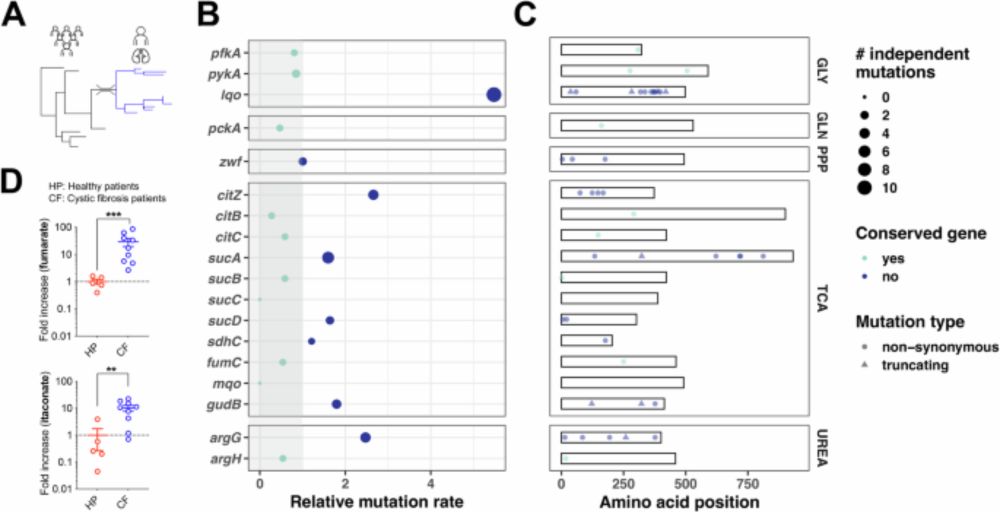
www.nature.com/articles/s41...
It was a pleasure to contribute to this review, with @pinholab.bsky.social and Friedrich Götz
journals.asm.org/doi/10.1128/...
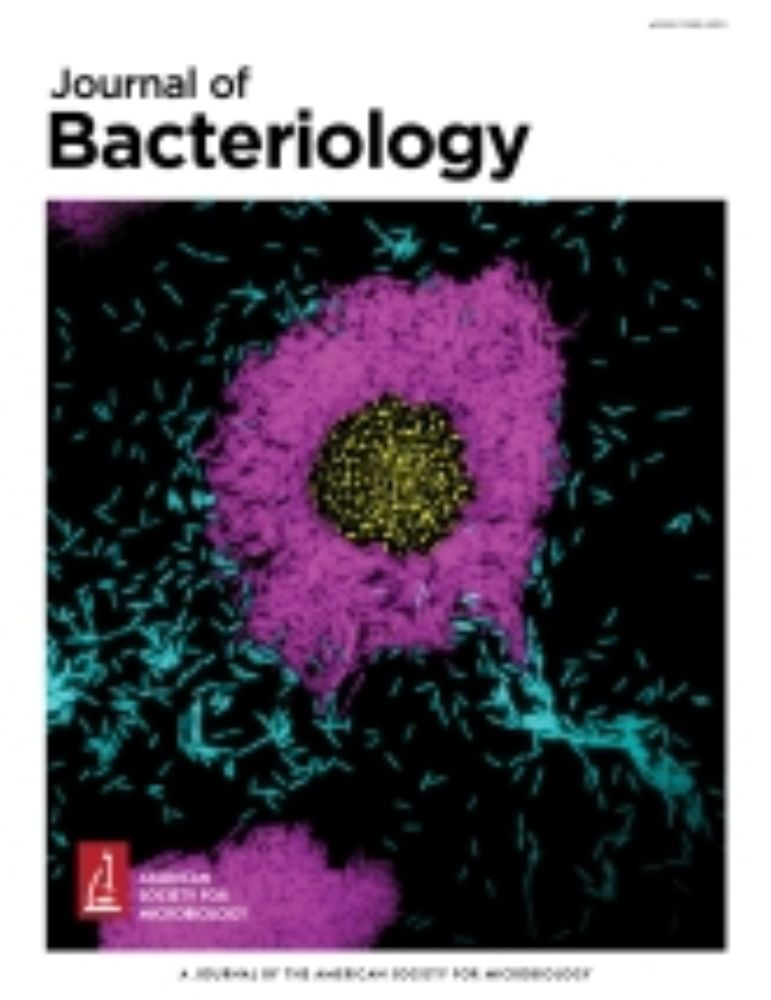
It was a pleasure to contribute to this review, with @pinholab.bsky.social and Friedrich Götz
journals.asm.org/doi/10.1128/...
www.tandfonline.com/doi/full/10....
Big thank you to all co-authors, particularly @lisalamberte.bsky.social and @halllab.bsky.social
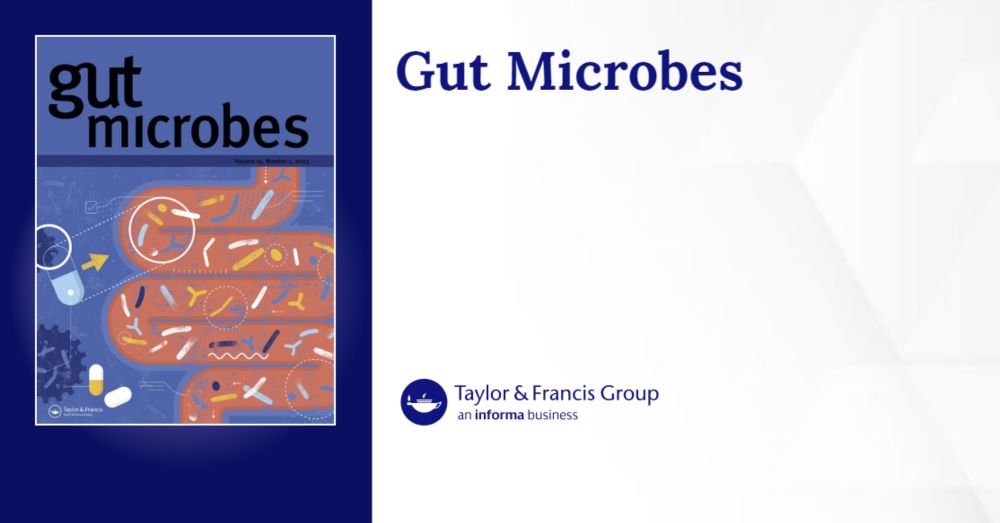
www.tandfonline.com/doi/full/10....
Big thank you to all co-authors, particularly @lisalamberte.bsky.social and @halllab.bsky.social
Advancing microbiome safety assessments: opportunities, challenges & recommendations 🧫🦠
This work came out of an academic–industry workshop hosted by @microbiologysociety.org in early 2024.
🔗 www.microbiologyresearch.org/content/jour...

Advancing microbiome safety assessments: opportunities, challenges & recommendations 🧫🦠
This work came out of an academic–industry workshop hosted by @microbiologysociety.org in early 2024.
🔗 www.microbiologyresearch.org/content/jour...
Looking for your next big career move in microbiology? Explore a range of exciting postdoctoral positions now available on the #FEMSOpportunitiesBoard.
Find your perfect fit and advance your research journey. Apply today👇
buff.ly/CSwBDPl
#CareerOpportunity

Looking for your next big career move in microbiology? Explore a range of exciting postdoctoral positions now available on the #FEMSOpportunitiesBoard.
Find your perfect fit and advance your research journey. Apply today👇
buff.ly/CSwBDPl
#CareerOpportunity
Instead of killing mosquitoes, bed nets coated with ELQs (endochin-like quinolones) KILL THE MALARIA PARASITES INSIDE THE INSECTS. Infected mosquitoes land, absorb the drug through their legs, and are rendered parasite-free
www.nature.com/articles/s41...
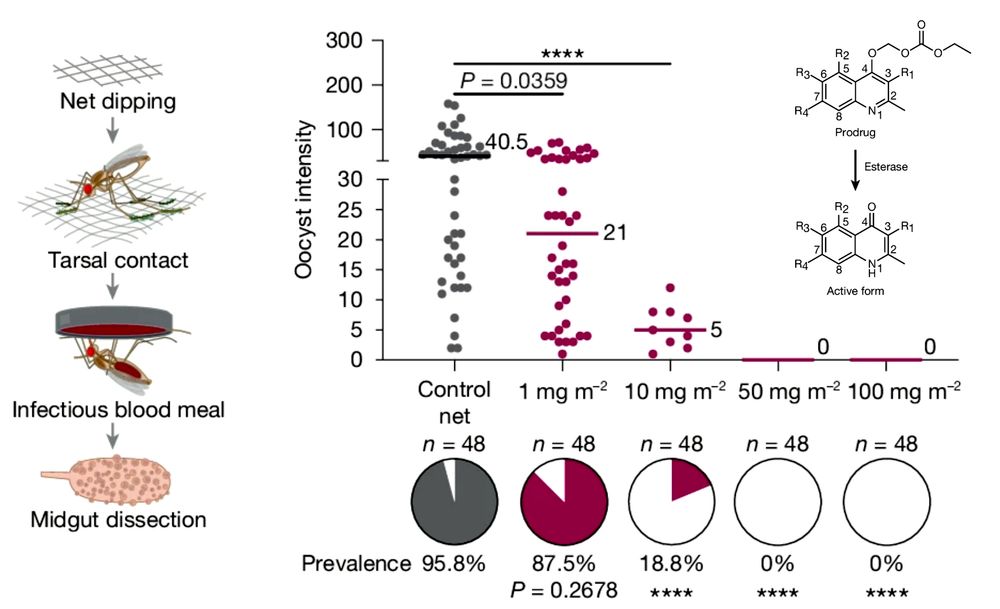
Instead of killing mosquitoes, bed nets coated with ELQs (endochin-like quinolones) KILL THE MALARIA PARASITES INSIDE THE INSECTS. Infected mosquitoes land, absorb the drug through their legs, and are rendered parasite-free
www.nature.com/articles/s41...
Rainbow trout with depleted IgM reveals interesting insights into its role in maintaining the gut microbiota 🐟
#MicroSky #IgM #MicrobiomeSky 🦠
www.nature.com/articles/s41...

Rainbow trout with depleted IgM reveals interesting insights into its role in maintaining the gut microbiota 🐟
#MicroSky #IgM #MicrobiomeSky 🦠
www.nature.com/articles/s41...
www.biorxiv.org/content/10.1...
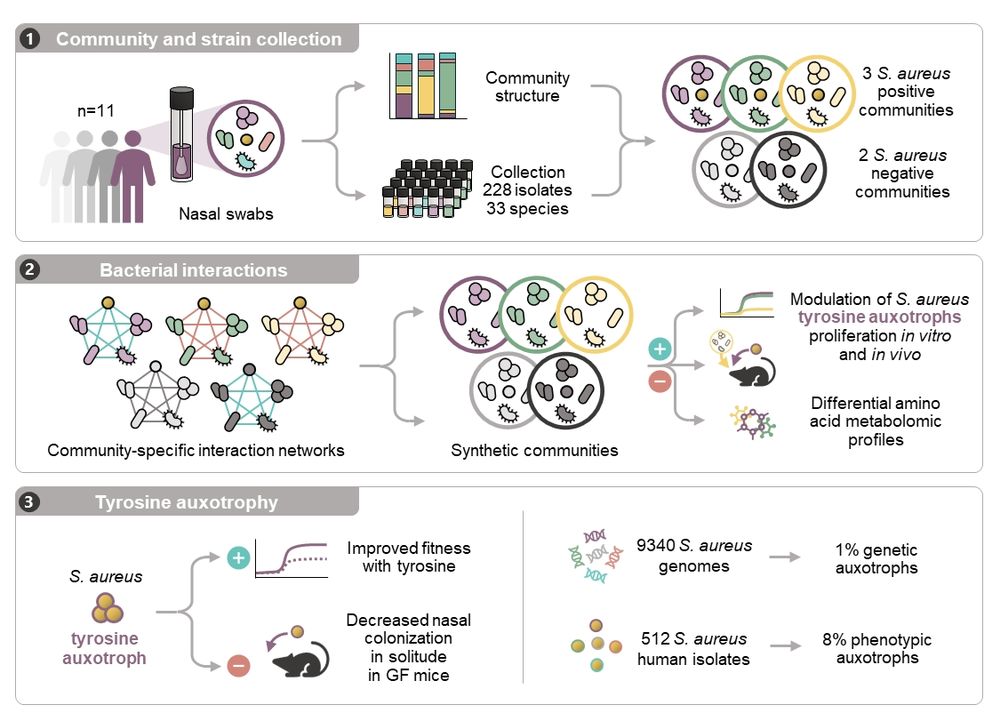
www.biorxiv.org/content/10.1...
Microbes that weather chemo may help cancer patients do the same
Turnbaugh Lab (UCSF) find preTA+ bacteria detoxify 5-FU, reduce side effects
Probiotic supplements to protect patients during cancer therapy?
Works in mouse colorectal cancer model
www.science.org/doi/10.1126/...

Microbes that weather chemo may help cancer patients do the same
Turnbaugh Lab (UCSF) find preTA+ bacteria detoxify 5-FU, reduce side effects
Probiotic supplements to protect patients during cancer therapy?
Works in mouse colorectal cancer model
www.science.org/doi/10.1126/...
So many people to thank... We are a fantastic team!
Our CMFI Cluster of Excellence @unituebingen.bsky.social receives funding extension for the next seven years.
Spokesperson Andreas Peschel @andreaspeschel.bsky.social: "We can now advance our research into resistance mechanisms and new antimicrobial agents!"
shorturl.at/rcK1A
So many people to thank... We are a fantastic team!
uni-tuebingen.de/universitaet...
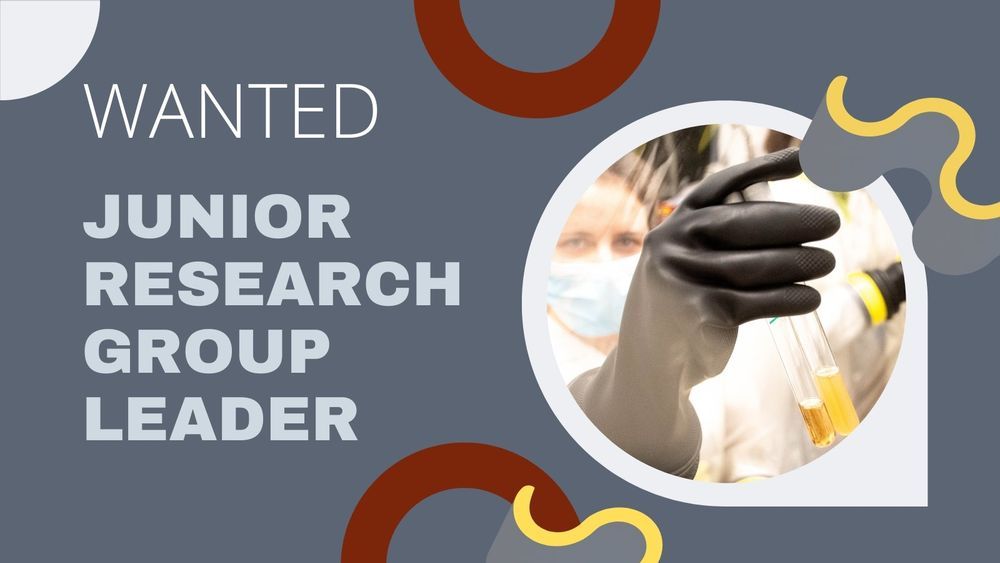
uni-tuebingen.de/universitaet...
Want to work as team that will isolate, genome sequence and charachterise 1000s of phage to build a biobank .
Come work with me and Martha Clokie at Leicester
jobs.le.ac.uk/vacancies/va...
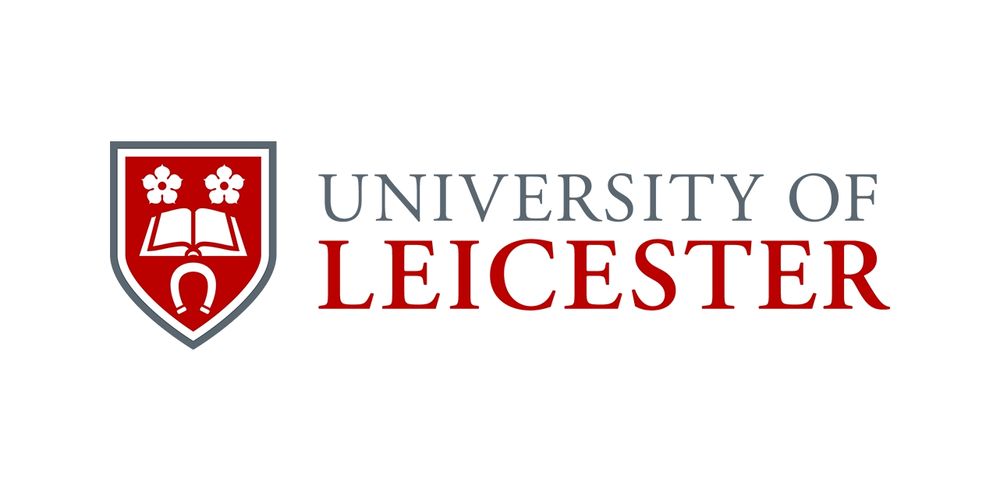
Want to work as team that will isolate, genome sequence and charachterise 1000s of phage to build a biobank .
Come work with me and Martha Clokie at Leicester
jobs.le.ac.uk/vacancies/va...
For more details and to apply please see
www.imperial.ac.uk/jobs/search-...
For more details and to apply please see
www.imperial.ac.uk/jobs/search-...

